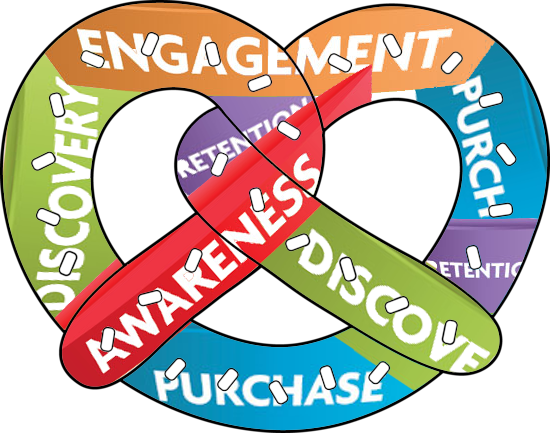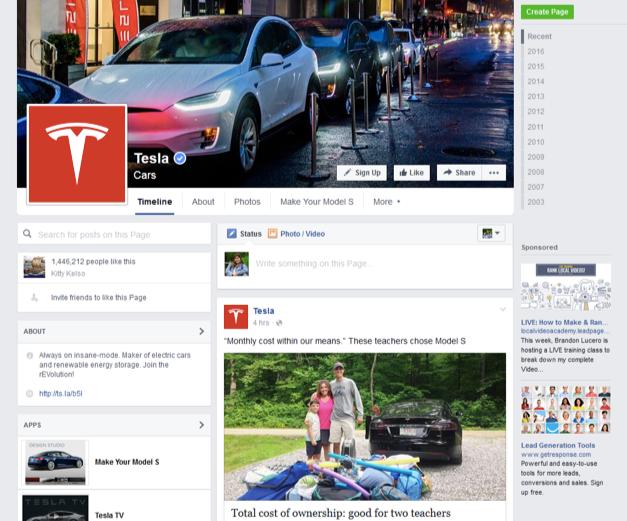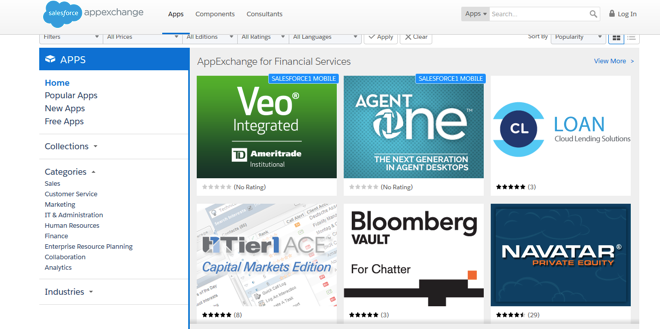The sales funnel. It all seems so smooth and simple, doesn't it? Lots of prospects come in through the top, only to move in various, predictable stages like “Awareness” and “Discovery” only to come out the bottom as loyal, committed customers.
Except the reality of today's sales and customer experience process is anything like that.
Things like brand advocacy, social media, and even our own experiences have changed the way we market to others. Why then should we stay stuck in this rigid, old funnel structure?
We shouldn't – and today's article will show you why.
According to the Harvard Business Review, there are a myriad of ways that people learn of and interact with a product. There are even times when customers don't come through the top of the funnel, but rather somewhere in the middle.
 A typical marketing funnel starts with more customers in the “Awareness” stage and ends with fewer in the “Retention” phaseLet's say you were in the market for a new pair of running shoes. A friend recommends a specific brand and links to them on Facebook. On their page you can see user comments and testimonials as well as active discussions. You've just completely passed the Awareness and Discovery parts of the funnel and moved on to Engagement and likely even Purchase – because a recommendation from someone you trust is that valuable to you.
A typical marketing funnel starts with more customers in the “Awareness” stage and ends with fewer in the “Retention” phaseLet's say you were in the market for a new pair of running shoes. A friend recommends a specific brand and links to them on Facebook. On their page you can see user comments and testimonials as well as active discussions. You've just completely passed the Awareness and Discovery parts of the funnel and moved on to Engagement and likely even Purchase – because a recommendation from someone you trust is that valuable to you.
On your way to purchase these shoes, the company recommends some specialized insoles to help cushion your feet. Great idea. Now you've instantly moved from consideration to purchase. It's also possible that you could go back and forth between funnel stages while you evaluate different products or brands.
And with networks like Twitter, Facebook and Pinterest always available at the tap of a button, the traditional sales funnel we all know and refer to ends up looking more like a pretzel, with twists, turns and overlaps at every corner.
 Users will often double-back on their decisions, or switch between two points instantly
Users will often double-back on their decisions, or switch between two points instantly
Moving the Focus from Transaction to Relationship
According to Antonio Lucio, Chief Brand Officer at Visa, the end goal is to shift priority from the transaction to the customer relationship. To that end, Visa has created the “Customer Experience Journey” which looks at the process from transactions being a part of the customer relationship rather than the customer relationship being viewed purely in terms of transactions.
He gives the example of a family planning a trip from the U.S. to Mexico. Visa has mapped out the whole experience:
- Family gets ideas on where to go from TripAdvisor
- Family gathers suggestions from friends on Facebook
- Family decides to get cash from an ATM to pay for their cab
- Family pays for their hotel via their Visa credit card
- Family shares photos of trip with friends back home via Instagram
You may see this list and think “Well, Visa is part of only one of these options” – which is true when you're looking at each one as a transaction.
But step back a moment and look at the bigger picture. Every one of these points is conducive to building and nurturing the relationship with the customer. The transaction itself is just a small piece of the puzzle and not the end goal. According to Lucio, “[w]hen you change from decision to engagement, you change the entire model.”
So What Does This Have to Do With Conversion Rate?
Here again, if you're looking at the funnel purely from a revenue point of view, or spending too much time focusing on transactions, the customer experience gets lost in the shuffle. It becomes too much of a focus to think only of the numbers and not of the people driving them. If you zero in on numbers alone, you miss out on so much more. Just look at brands like Tesla Motors on Facebook. Do you think there are nearly 1.5 million Tesla owners?
 Tesla Motors has nearly 1.5 million followers – not all of them customersNot yet – but these people admire what the company has been able to build and the values they stand for. All of those things feed back into the brand itself and create the customer experience. Even digital products and services like SaaS and mobile apps can benefit from this adjusted funnel. As the Harvard article explains, with traditional funnels, marketing is a separate entity. With SaaS and other platforms, the marketing and the service go hand in hand.
Tesla Motors has nearly 1.5 million followers – not all of them customersNot yet – but these people admire what the company has been able to build and the values they stand for. All of those things feed back into the brand itself and create the customer experience. Even digital products and services like SaaS and mobile apps can benefit from this adjusted funnel. As the Harvard article explains, with traditional funnels, marketing is a separate entity. With SaaS and other platforms, the marketing and the service go hand in hand.
Marketing with SaaS
The Salesforce AppExchange, for instance, doesn't just look at the process as “how do we market this?” but rather, “how do we add value to this so that the things we recommend market for us?” Many of the apps profiled here weren't made by Salesforce, but Salesforce and the apps it works with form a kind of symbiotic relationship where both parties win.
 Not all apps featured on the AppExchange were built by Salesforce, but all of them use it to enable their own customer experience journeysAnother example is Google. What started out as solely a search engine has branched out to become a search engine, email service, word processor, storage service and countless other services, all entwined under a single brand umbrella. Every service plays well with other services – making it faster and easier for us to create, communicate and share. And our brains thrive on faster and easier.
Not all apps featured on the AppExchange were built by Salesforce, but all of them use it to enable their own customer experience journeysAnother example is Google. What started out as solely a search engine has branched out to become a search engine, email service, word processor, storage service and countless other services, all entwined under a single brand umbrella. Every service plays well with other services – making it faster and easier for us to create, communicate and share. And our brains thrive on faster and easier.
Sure, there are other search engines out there, even other companies that have just as much influence as Google. But they don't integrate in a way that makes our experience faster, easier or better. When was the last time you found exactly what you needed within seconds, using Bing?
The Bottom Line on Funnels and Conversion Rates
As the Harvard article says, the traditional funnel isn't going away anytime soon. There are still products and services out there that gain new customers this way. But to overlay and apply that to our more open, two-way communication world is just trying to fit a round peg in a square hole. It's not flexible, not adaptive, and just doesn't work – leading to poor experiences for everyone.
When you look at marketing as the multi-faceted beast it is, you'll be able to create your own funnel “roadmap” that incorporates all the steps you need to engage and empower your customers in a way where everyone wins.
What are your thoughts? Have you thrown out the traditional funnel in favor of another sales model? Which one did you choose and how did it work for you? Tell us your thoughts in the comments below.
About the Author: Sherice Jacob helps business owners improve website design and increase conversion rates through compelling copywriting, user-friendly design and smart analytics analysis. Learn more at iElectrify.com and download your free web copy tune-up and conversion checklist today! Follow @sherice on Twitter, LinkedIn or Google+ for more articles like this!
No comments:
Post a Comment